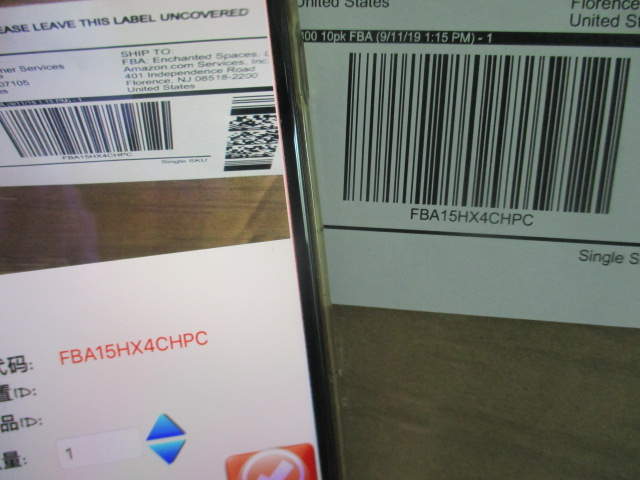In the realm of product quality control and quality inspection services, the inspection and verification of shipping marks are critical steps, especially for goods destined for specific destinations such as Amazon warehouses. Shipping marks serve as essential identifiers for products during transport and storage, providing crucial information like contents, destination, handling instructions, and the consignee. Ensuring these marks are accurately applied and verified can significantly reduce the risks of misshipment, delays, and additional costs. This article outlines key practices for inspecting and verifying shipping marks during the quality inspection process, with a focus on handling goods intended for Amazon warehouses.

Contents
1. Understand the Requirements
Before proceeding with any inspection, it’s paramount to understand the specific requirements for shipping marks related to the destination warehouse or fulfillment center. Amazon, for instance, has stringent requirements for how goods should be marked, packaged, and labeled to facilitate efficient receiving and storage. These guidelines are detailed in Amazon’s Seller Central or vendor resources. Familiarizing yourself with these requirements is the first step in ensuring compliance and smooth handling of your goods upon arrival.
2. Inspect for Accuracy and Visibility
During the quality inspection process, ensure that shipping marks are not only present but are accurate and highly visible. Shipping marks should be legibly printed or labeled on at least two sides of the carton (or as specified by the receiver’s requirements). Verify that the marks accurately reflect the contents in terms of quantity, product type, and any special handling instructions. The use of waterproof and durable materials for marking is also advisable to prevent smudging or wear during transit.
3. Confirm Compliance with International Standards
For international shipments, it’s crucial to confirm that your shipping marks comply with international standards and regulations. This includes adherence to the International Organization for Standardization (ISO) symbols for handling instructions, country of origin markings, and any hazardous material indicators if applicable. Non-compliance can lead to customs delays or rejections, impacting your supply chain efficiency.
4. Use Barcode and QR Code Technology
Incorporating barcode or QR code technology into your shipping marks can streamline the receiving and inventory management process, particularly in automated warehouses like those operated by Amazon. Ensure that these codes are clearly printed, correctly positioned, and conform to the receiver’s technical specifications. Scanning these codes should provide instant access to detailed product information, enhancing traceability and efficiency.
5. Perform Spot Checks and Random Inspections
Despite thorough preparation, errors can occur. Implementing a system of spot checks and random inspections of the shipping marks during the packing and pre-shipment stages can catch mistakes before they lead to more significant issues. This approach reinforces accountability and helps maintain high standards of quality control throughout the supply chain.
6. Document and Report Findings
Maintain detailed records of your inspections, including photographs or scans of the shipping marks, inspection reports, and any corrective actions taken. This documentation can be invaluable in resolving disputes, conducting audits, or refining your quality control processes over time.
Special Considerations for Amazon Warehouses
When shipping to Amazon warehouses, it’s essential to be particularly vigilant about their specific requirements, which may include unique labeling needs, precise dimensions for shipping marks, and the necessity for appointment scheduling upon delivery. Non-compliance can result in goods being refused, returned, or incurring additional handling fees.
By adhering to these practices, businesses can ensure that their products are accurately identified, properly handled, and efficiently processed upon arrival at their destination, thereby minimizing disruptions and maximizing customer satisfaction. Quality inspection services play a vital role in this process, offering the expertise and oversight necessary to maintain high standards of quality control and compliance.






